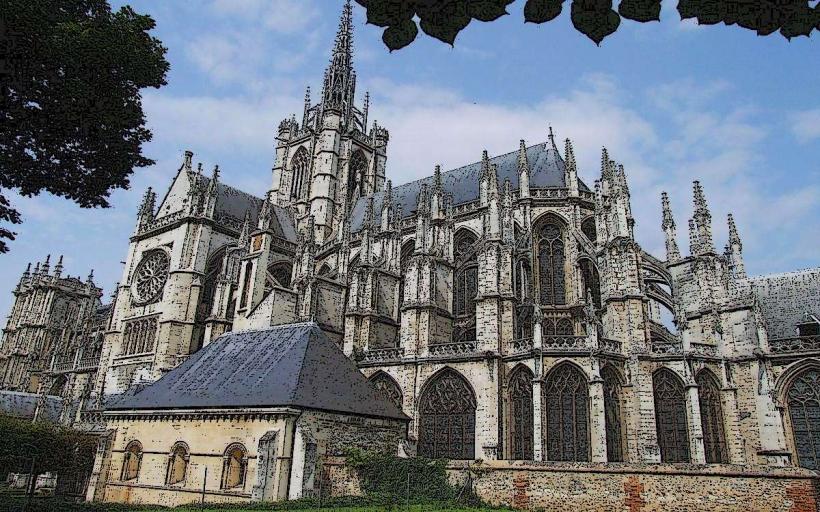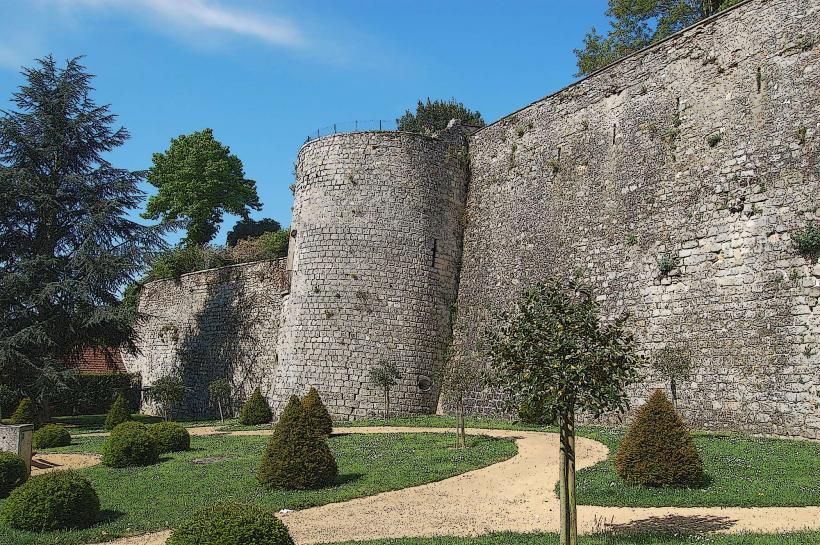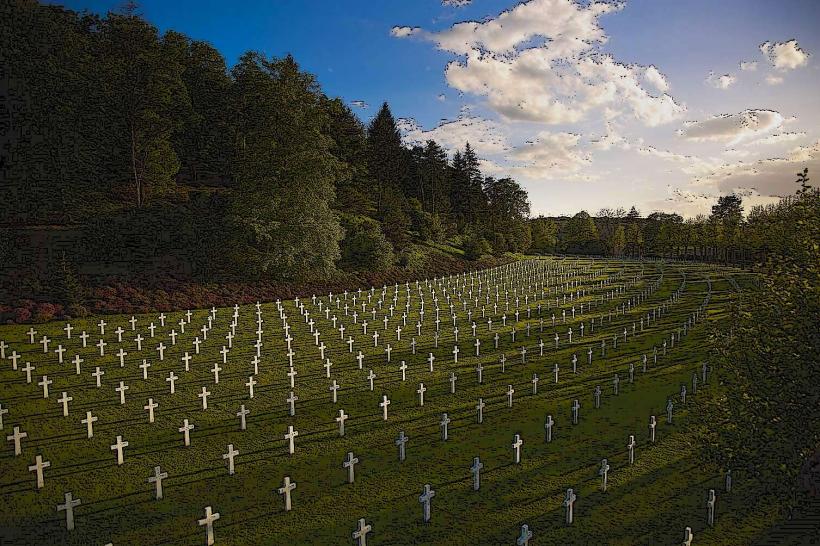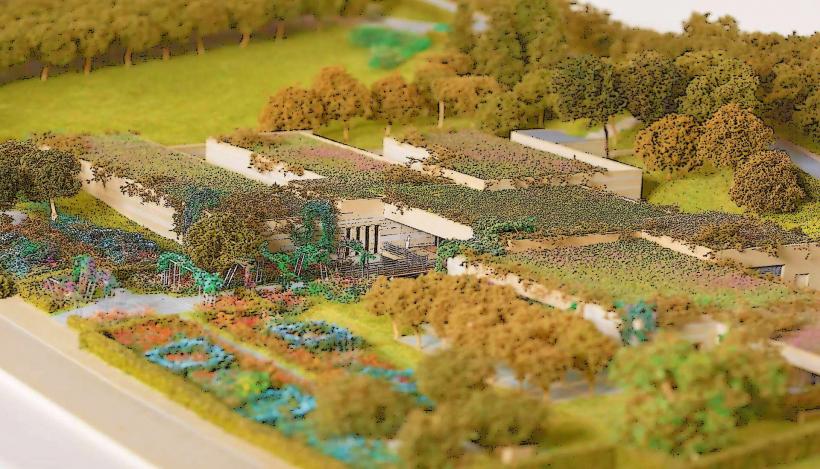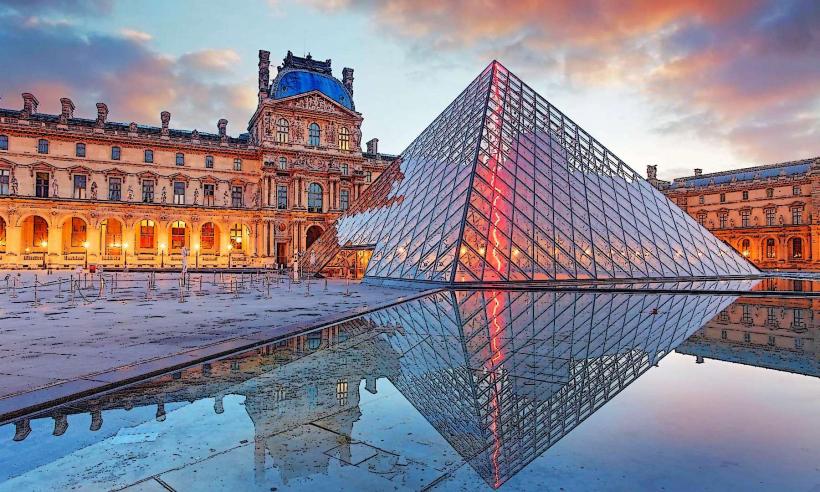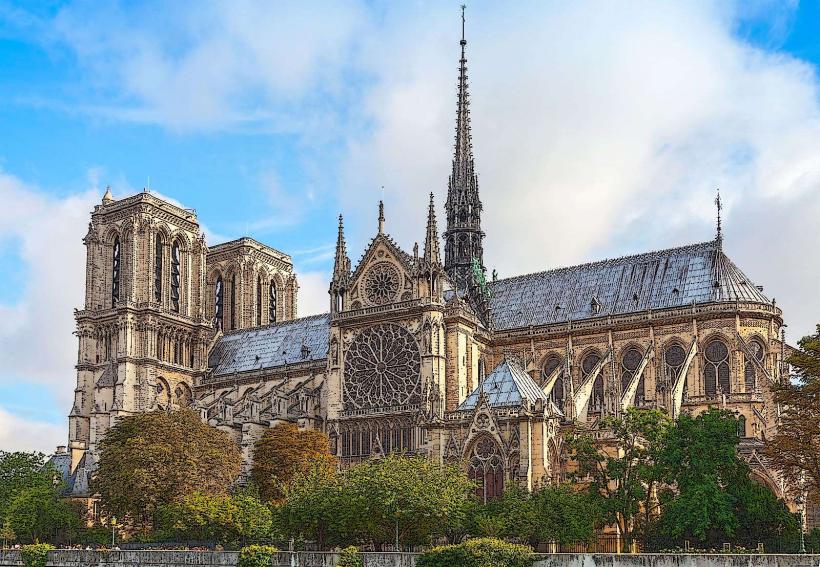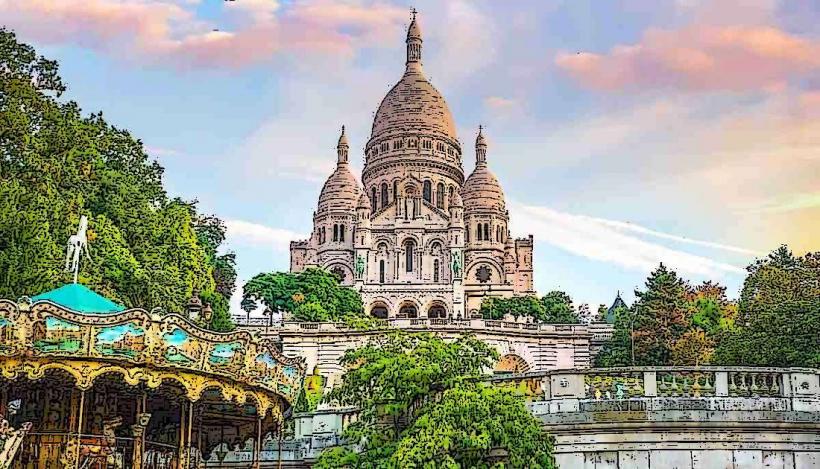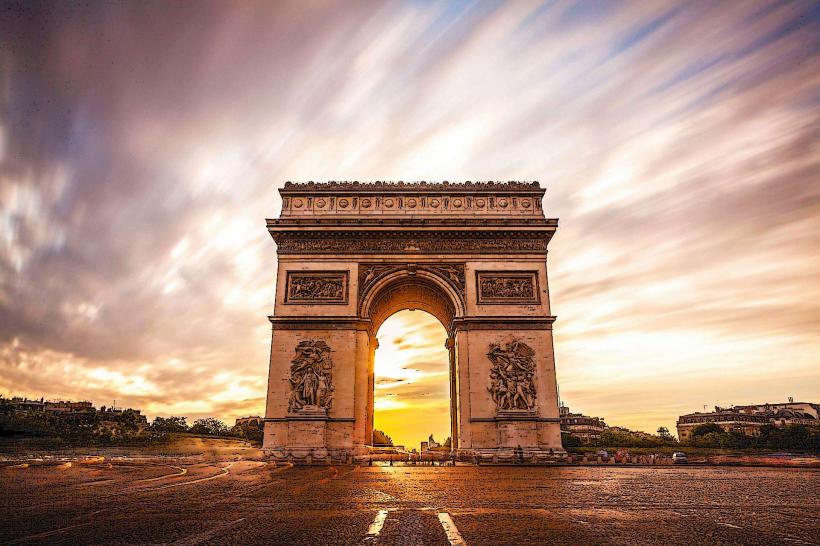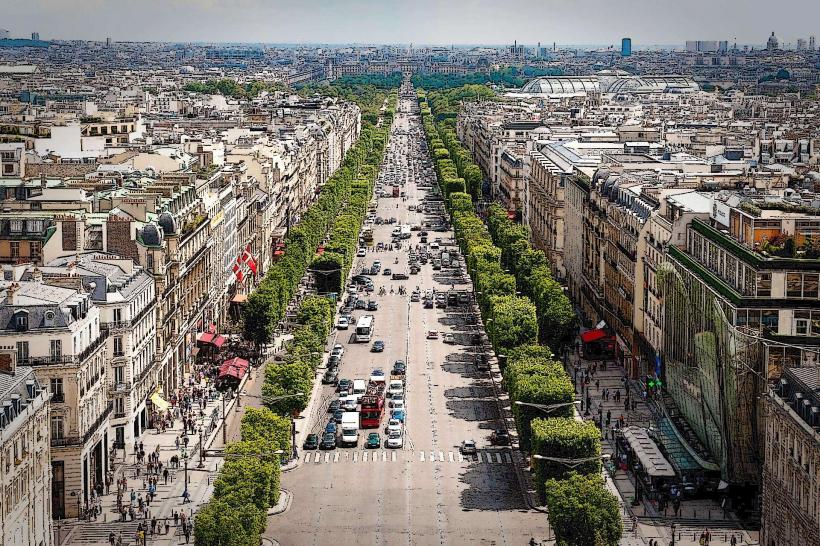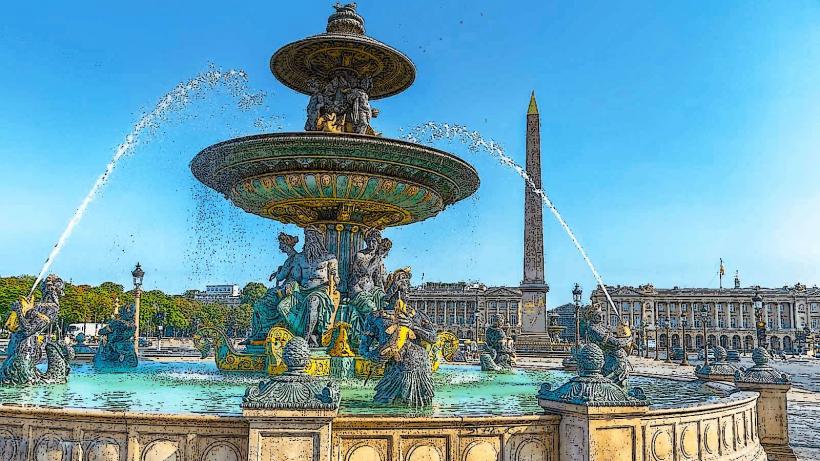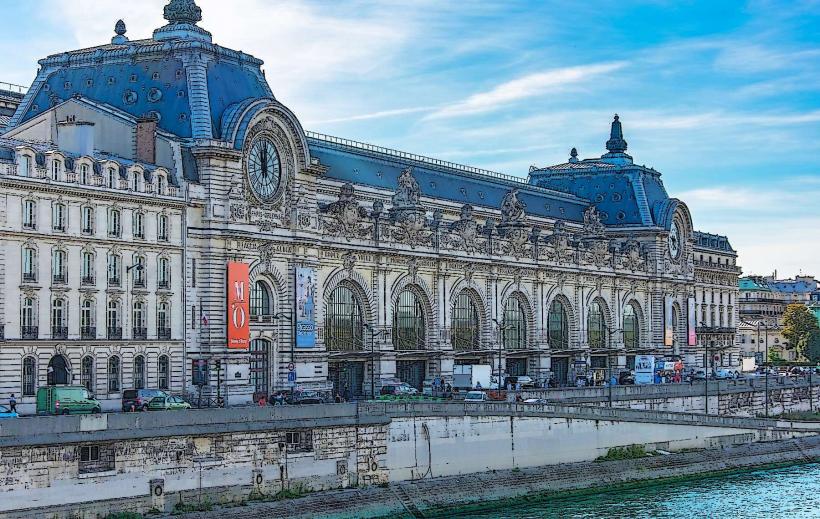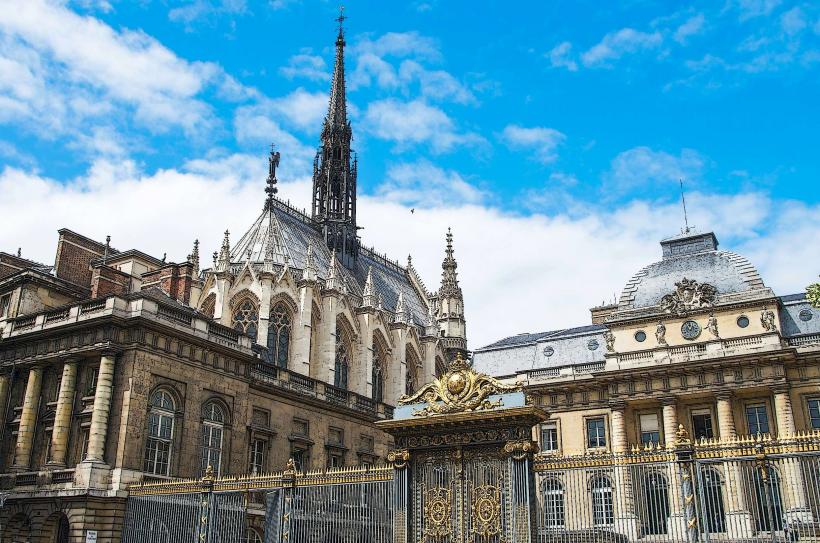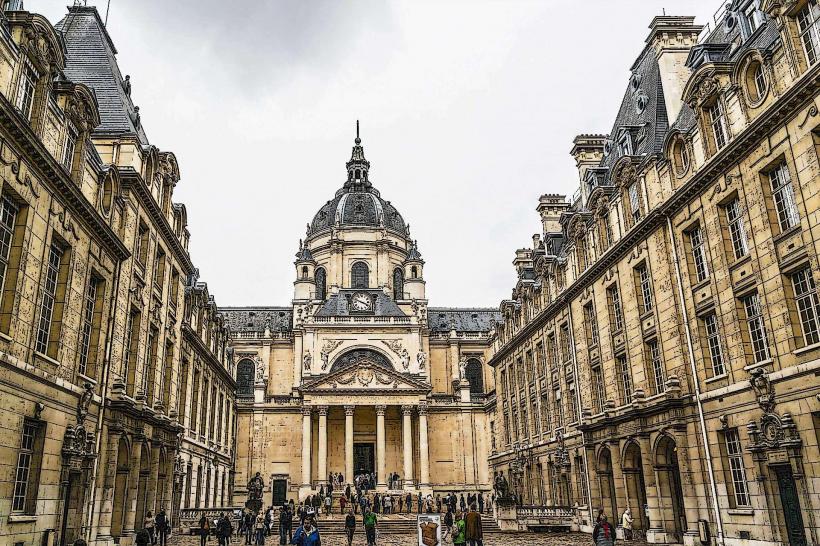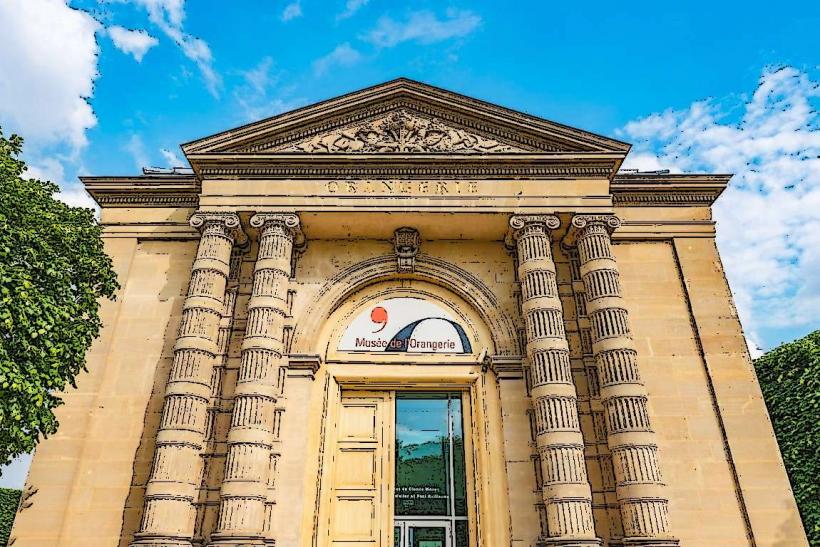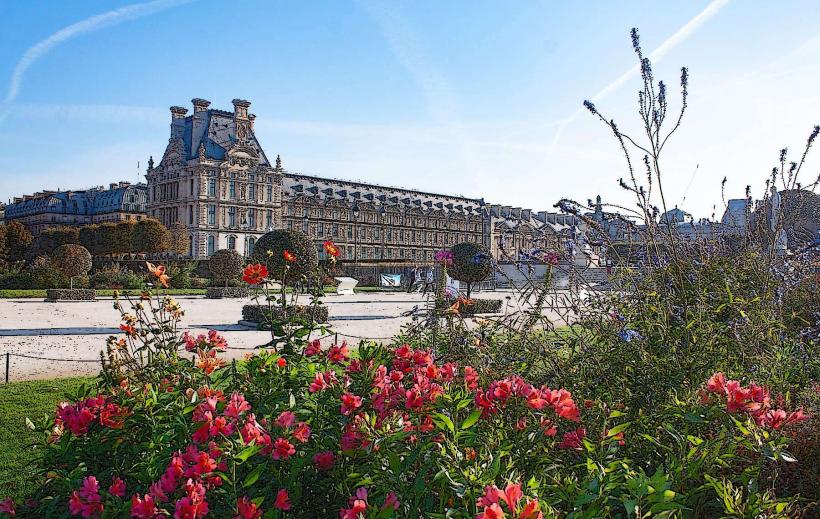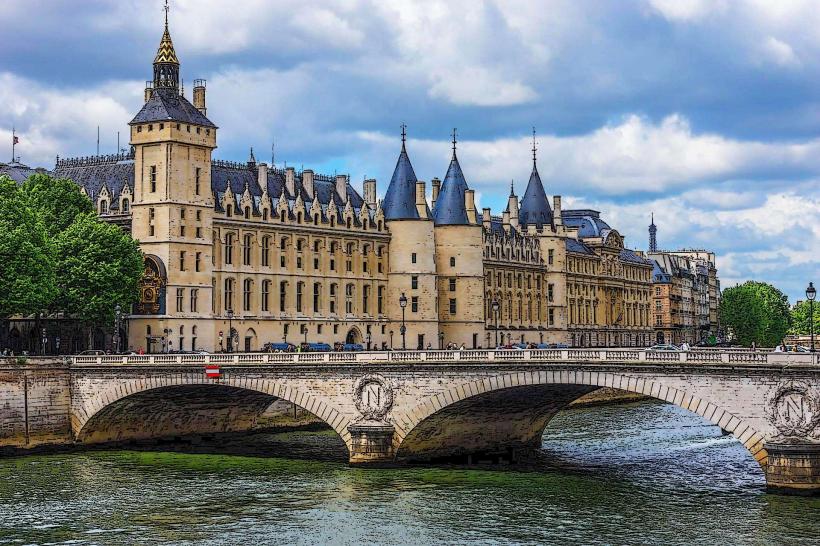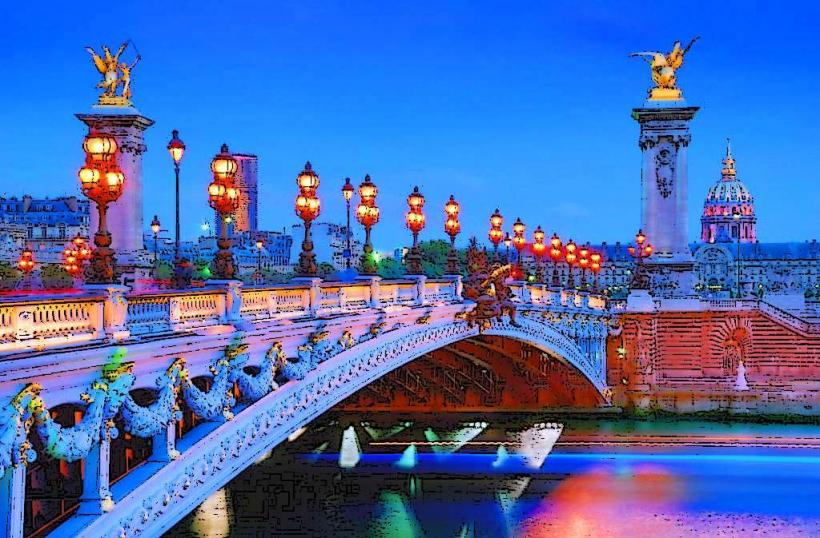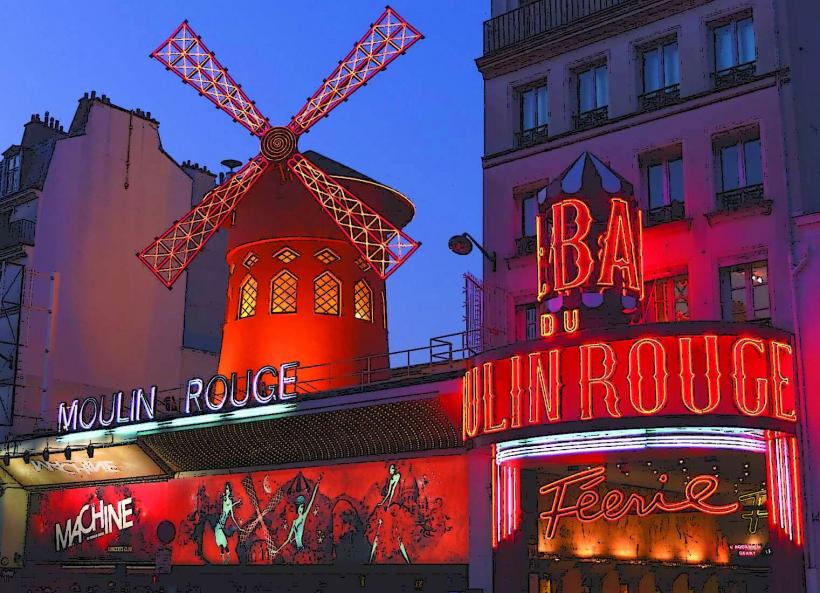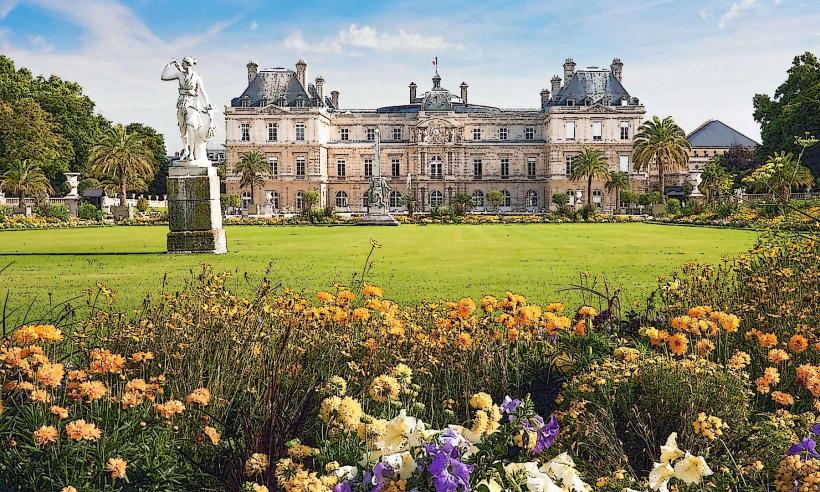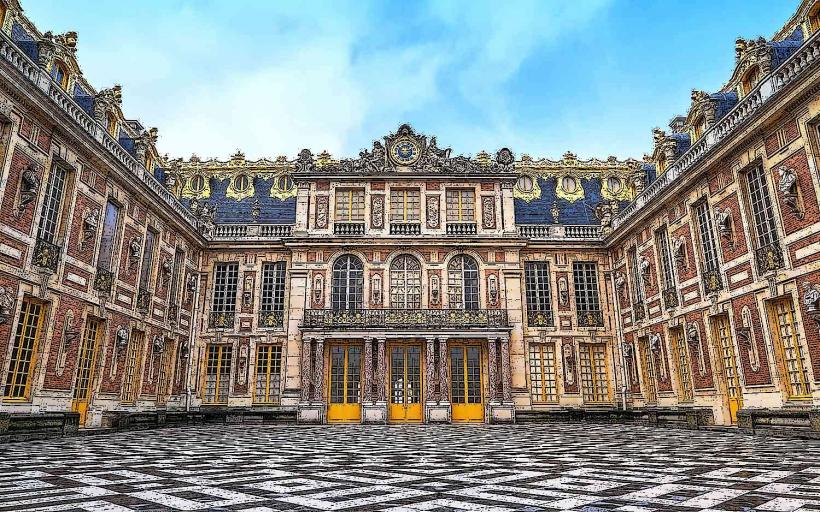Information
Landmark: MontmartreCity: Paris
Country: France
Continent: Europe
Montmartre is one of the most iconic and picturesque districts in Paris, known for its rich history, bohemian atmosphere, and artistic legacy. Located on a hill in the northern part of the city, Montmartre has long been a hub for artists, writers, and intellectuals. The district is celebrated for its narrow, winding streets, charming cafés, and stunning views of Paris. Montmartre's Basilica of the Sacré-Cœur, its role in the history of French art, and its role as the backdrop for numerous works of literature and cinema make it a must-visit destination in the city.
1. History and Origins
Early Development: Montmartre's history dates back to Roman times, though it began to be developed as a residential area during the Middle Ages. The district’s name comes from the Mont des Martyrs (Mountain of the Martyrs), referring to Saint Denis, the patron saint of Paris, who was martyred and buried on the hill. In the 19th century, Montmartre became increasingly populated by artists and intellectuals, which solidified its place in history as a center of artistic and cultural creativity.
Transformation in the 19th Century: In the 19th century, Montmartre underwent significant urbanization and became a popular retreat for Parisians seeking a break from the bustling city center. Its location on a hill provided expansive views over Paris, making it an attractive place for painters and poets. It became a neighborhood associated with the Romantic movement and later, the Impressionist and Post-Impressionist movements.
Bohemian Culture: During the late 19th and early 20th centuries, Montmartre developed a reputation as a bohemian haven, attracting artists like Vincent van Gogh, Pablo Picasso, Henri Toulouse-Lautrec, and Amedeo Modigliani. The area was also a gathering place for writers, musicians, and other creative minds. Its vibrant nightlife, cafés, and cabarets, like the Moulin Rouge, became symbols of this period of cultural ferment.
2. Famous Landmarks in Montmartre
Basilica of the Sacré-Cœur: The Sacré-Cœur Basilica, perched at the summit of Montmartre hill, is one of the most recognizable landmarks in Paris. Completed in 1914, the basilica is an imposing white structure built in Romanesque-Byzantine style. The dome of the church offers one of the best panoramic views of Paris, attracting millions of visitors each year. The basilica is dedicated to the Sacred Heart of Jesus, and it is an important site of Catholic pilgrimage in France.
Place du Tertre: The Place du Tertre is a lively square in the heart of Montmartre, where visitors can find numerous artists displaying their work, including portraits, caricatures, and landscape paintings. This square captures the spirit of the artistic history of Montmartre and remains a popular destination for tourists looking to purchase souvenirs or watch local artists at work.
Moulin Rouge: The Moulin Rouge is a world-famous cabaret located at the foot of Montmartre. Known for its can-can dancers and extravagant shows, the Moulin Rouge opened in 1889 and became an iconic symbol of Belle Époque Paris. It has been immortalized in various films and artistic works, most famously in the 2001 movie "Moulin Rouge!" directed by Baz Luhrmann.
Le Mur des Je T'aime (The Wall of Love): This unique art installation is located in Jeanne d'Arc Square in Montmartre. The Wall of Love features the phrase "I love you" written in more than 250 languages, symbolizing the universal nature of love. It's a popular spot for couples and a romantic landmark in the district.
Place des Abbesses: This charming square is one of the most iconic in Montmartre, surrounded by traditional French cafés, boutiques, and the Abbesses Métro station. The station features a distinctive Art Nouveau entrance, designed by Hector Guimard, making it a popular photo stop for visitors.
3. Montmartre's Artistic Legacy
Artists’ Colony: In the late 19th and early 20th centuries, Montmartre was home to a thriving artists' colony. The neighborhood attracted painters, sculptors, writers, and musicians, many of whom came from working-class backgrounds. The Bateau-Lavoir, a former factory that was converted into a studio space, became a central hub for artists like Pablo Picasso and Georges Braque, who played pivotal roles in the development of Cubism.
Impressionism and Modernism: Montmartre played a crucial role in the development of the Impressionist and Post-Impressionist movements. Edgar Degas, Pierre-Auguste Renoir, Henri Toulouse-Lautrec, and Édouard Manet are just a few of the notable artists who found inspiration in the streets, cafés, and dancers of Montmartre. The neighborhood’s vibrant nightlife and bohemian spirit served as the perfect setting for the avant-garde movements of the late 19th century.
Le Chat Noir Cabaret: The Le Chat Noir (The Black Cat) was one of the most famous cabarets in Montmartre during the late 19th century. It became a hub for artistic and intellectual discussions and a popular venue for performances. The cabaret’s poster art by Theophile Steinlen is widely recognized and became synonymous with Montmartre’s bohemian lifestyle.
4. Montmartre's Streets and Charm
Narrow Streets and Stairways: Montmartre is famous for its narrow, cobblestone streets that climb the hill, many of which are lined with charming cafés, bakeries, and boutique shops. The winding streets retain a quaint, village-like atmosphere, providing a stark contrast to the bustling city center. Visitors can wander through the Rue Lepic, Rue des Abbesses, and Rue de la Vieuville, each of which offers a unique slice of local life.
Hidden Courtyards: One of the hidden gems of Montmartre is the many courtyards tucked away from the main roads. Les Vignes de Montmartre, a small vineyard located near the Sacré-Cœur, offers a glimpse of Paris’s rural past. The district was once covered in vineyards, and while many have been replaced by buildings, a few hidden spots remain to remind visitors of the area’s agricultural history.
5. Montmartre in Popular Culture
Montmartre’s influence on popular culture is immeasurable. The district has been immortalized in literature, cinema, and music. Many well-known films, including Amélie (2001), were filmed in Montmartre, showcasing the charming streets and the neighborhood's artistic ambiance.
The district has also been the subject of numerous paintings by famous artists. Renoir's "Bal du Moulin de la Galette" (1876) and Toulouse-Lautrec's works celebrating the nightlife at the Moulin Rouge capture the spirit of Montmartre in its prime.
6. Montmartre Today
Today, Montmartre remains a major tourist attraction in Paris, drawing visitors from around the world who are eager to experience its artistic history, romantic charm, and stunning views. While the district has become more commercialized, it still retains much of its bohemian character, particularly in areas like Place du Tertre and Rue des Abbesses. Visitors can enjoy the blend of historic landmarks, art galleries, and lively cafés that make Montmartre one of the most unique and celebrated districts in Paris.
Conclusion
Montmartre is more than just a neighborhood in Paris; it is a symbol of the city’s artistic soul and romantic charm. With its cobblestone streets, historic landmarks, and cultural legacy, Montmartre continues to inspire visitors and artists alike. Whether it's the stunning view from the Sacré-Cœur, the vibrant Place du Tertre, or the bohemian cafés where great artists once gathered, Montmartre offers an unforgettable experience that captures the heart of Paris.

